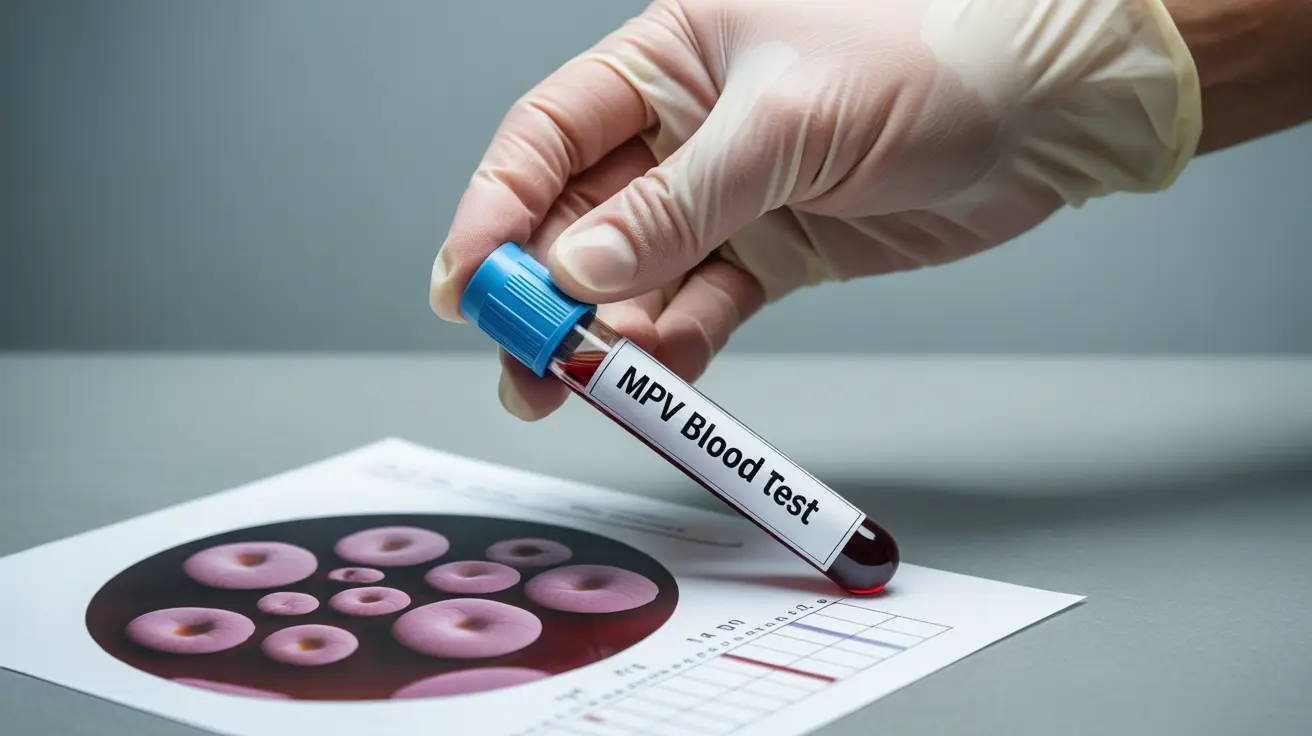An MPV (Mean Platelet Volume) blood test is a crucial diagnostic tool that measures the average size of platelets in your blood. This test provides valuable insights into your body's ability to form blood clots and can help healthcare providers identify various blood-related conditions. Understanding what this test means and how it's performed can help you better manage your health journey.
As part of a Complete Blood Count (CBC), the MPV test plays a vital role in evaluating platelet function and production. Whether you're preparing for this test or trying to understand your results, this comprehensive guide will walk you through everything you need to know.
What is an MPV Blood Test?
An MPV blood test measures the average size of platelets (thrombocytes) in your bloodstream. Platelets are essential blood cells that help your blood clot properly when you're injured. The size of platelets can indicate how well your bone marrow is producing these crucial cells and provide clues about various health conditions.
Normal MPV values typically range from 7.5 to 12.0 femtoliters (fL). However, these ranges may vary slightly depending on the laboratory performing the test.
The Significance of MPV Results
High MPV Results
When your MPV is higher than normal, it typically indicates that your body is producing larger platelets. This could suggest:
- Increased platelet production
- Recovery from low platelet count
- Certain types of anemia
- Inflammatory conditions
- Cardiovascular disease risk
Low MPV Results
A lower than normal MPV might indicate:
- Bone marrow disorders
- Certain types of thrombocytopenia
- Aplastic anemia
- Some inflammatory conditions
The Testing Process
The MPV blood test is a simple procedure that requires minimal preparation. During the test:
- A healthcare professional will clean the area, usually your arm
- They will insert a small needle to draw blood
- The sample is collected in a special tube
- The entire process takes only a few minutes
- No special preparation is typically required
Clinical Applications
Healthcare providers use MPV test results in various ways to evaluate patient health:
- Monitoring platelet production
- Assessing bleeding disorders
- Evaluating bone marrow function
- Screening for cardiovascular disease risk
- Monitoring treatment effectiveness
Frequently Asked Questions
What does a high or low MPV blood test result mean for my health?
A high MPV indicates larger platelets, which could suggest increased platelet production or certain medical conditions like cardiovascular disease. Low MPV values might indicate bone marrow problems or certain types of platelet disorders. Both results warrant further investigation by your healthcare provider.
How is the MPV blood test performed and what should I expect during the procedure?
The MPV test is performed through a standard blood draw, typically from a vein in your arm. The procedure is quick, relatively painless, and requires no special preparation. You might feel a brief pinch when the needle is inserted, and the entire process usually takes less than five minutes.
Why would my doctor order an MPV blood test as part of a complete blood count (CBC)?
Your doctor might order an MPV test as part of a CBC to evaluate your overall blood cell health, assess bleeding risks, monitor existing conditions, or investigate unexplained symptoms like excessive bruising or bleeding.
Can an MPV blood test help diagnose bleeding disorders or cardiovascular diseases?
Yes, an MPV test can be helpful in diagnosing bleeding disorders and assessing cardiovascular disease risk. Abnormal MPV values can indicate platelet dysfunction and may be associated with increased risk of cardiovascular events.
How should MPV results be interpreted along with other blood tests?
MPV results should be interpreted alongside other CBC components, particularly platelet count. Your healthcare provider will consider your complete medical history, symptoms, and other test results to make an accurate diagnosis and determine appropriate treatment if needed.




